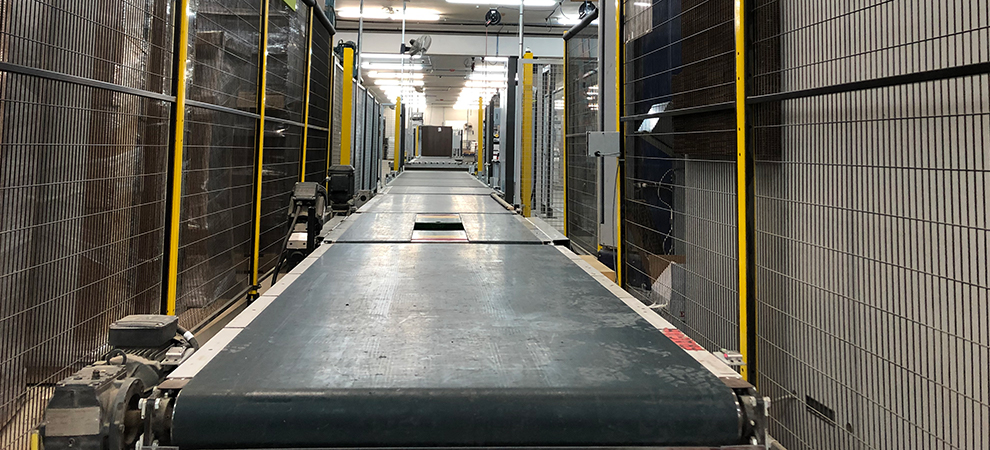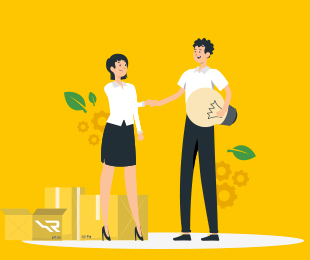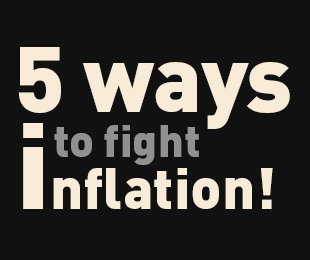
Logiflex: Juste ce qu’il faut, juste-à-temps
Le défi de Logiflex était d’acheminer partout en Amérique du Nord de façon économique un très large volume de meubles, fabriqués sur mesure et aux dimensions très variées. La solution implémentée par CARTIER a augmenté la productivité d’emballage de 40% et a réduit les coûts d’emballage de 25%!
Logiflex offre des produits de qualité et personnalisés, c’est-à-dire conçus pour les besoins particuliers de ses clients d’affaires. Ses collections s’adaptent à la croissance des entreprises.
Cette offre satisfait un marché en pleine croissance, mais la nature de ses créations cause un problème lors de l’expédition. Comment réussir à emballer de façon économique des meubles de formats et de tailles très variés?
Depuis plusieurs années, Logiflex cherchait une méthode économique pour emballer ses meubles destinés au monde professionnel ou institutionnel. L’entreprise visait aussi à s’adapter à l’importance croissante de la production en juste-à-temps.
Ça fait 10 ans qu’on cherchait la solution parfaite. On est même allés jusqu’en Europe, mais on n’a pas trouvé de solution
L’objectif du mandat confié à Cartier était donc d’augmenter la productivité de l’emballage, afin de suivre la cadence de production. Il fallait donc éliminer le goulot d’étranglement causé par l’emballage en l’intégrant à la chaîne de production.
La solution retenue devait aussi permettre de protéger efficacement les produits durant le transport, la manutention et l’entreposage, tout en réduisant la quantité de main-d’œuvre nécessaire, sans dépenser davantage.
Vous pouvez consulter l’étude de cas de 4 pages ci-dessous, ou télécharger le document PDF.
The Cartier team also suggests
Laboratory
Categories: Laboratory, Témoignages
The Rotec International success story
The synergy between Rotec and CARTIER has been nothing short of transformative. Together, we embarked on an innovative project, aligning our expertise and ambition to set new industry benchmarks.
Laboratory
Categories: E-commerce, Écoresponsabilité, Laboratory
Possible subsidies for eco-responsible projects; It’s this way!
2023 is definitely the year we want to make a mark with our serious and unprecedented commitment to environmental responsibility. The proof? Our inclusion as an eco-design expert in the Ecoleader Fund directory!
Laboratory
Categories: E-commerce, Equipment, Products
5 ways to fight inflation
Nos experts sont à votre écoute pour vous guider vers des changements intelligents sans diminuer la protection de vos colis. Et tant qu’à faire, pourquoi ne pas envisager des options écoresponsables?




